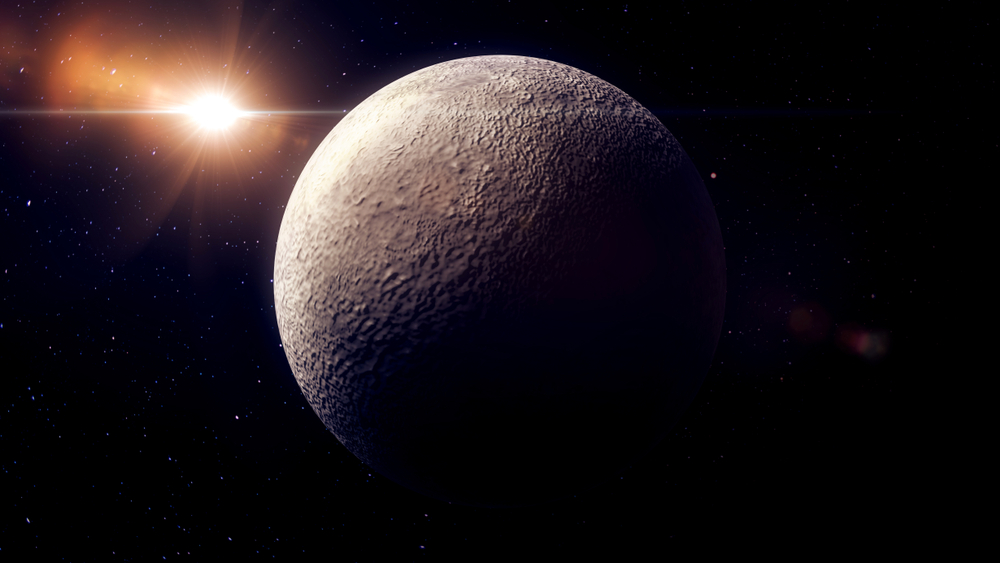Two Surprising Rings Discovered Around Distant Dwarf Planet
Posted on Categories Discover Magazine

The rings of Saturn are one of the most spectacular sights in the Solar System and one of the most photographed. Despite the interest they garner, astronomers still puzzle over how the rings formed and why they have survived.
One clue is that Saturn’s rings sit within the Roche limit, the theoretical distance at which gravitational tidal forces from the parent planet would tear apart any ordinary moon.
Indeed, that has turned out to be a common feature of other rings. In 1977, astronomers discovered rings around Uranus and two years later the Voyager 1 spacecraft spotted a ring around Jupiter. Astronomers have since discovered rings around Neptune, around the dwarf planet Haumea and around Chariklo, a small body orbiting between Saturn and Uranus. All of these rings also sit within the Roche limit.
Which is why the discovery of rings around the dwarf planet Quaoar is such a surprise. Astronomers have found two rings around Quaoar and both sit significantly beyond the dwarf planet’s Roche limit. How come?
Ring Rules
Quaoar orbits the Sun at a distance of about 43 astronomical units (1 astronomical unit is the distance from the Earth to the Sun). It is so distant that its rings are impossible to observe directly.
Instead astronomers look for opportunities to watch the object pass in front of distant stars, which are briefly blocked or dimmed as a result. By studying the dwarf planet’s shadow from several locations on the Earth’s surface, it is possible to build a detailed picture of the object’s shape and even to spot whether it has rings.
Recently, astronomers searching through databases of occultations found evidence of a ring around Quaoar. They then realized another occultation was due in August last year and so organized for almost 30 instruments to observe the shadow as it passed over them.
Now Chrystian Pereira at the National Observatory in Brazil have published the results of this crowdsourced effort. In the event, only nine observers had skies clear enough for a good observation but this provided important new information about Quaoar, including the discovery of a second ring.
It turns out that Quaoar is about 1000 km across, about half the size of Pluto, and that its main ring is about 60km across and orbits at distances of 4000 km. But Quaoar also has another smaller ring just 10 kilometers across that orbits at 2500 km. “This event revealed a new ring around Quaoar,” say Pereira and co.
The surprise is that both rings sit well outside the Roche limit, which is at about 1750 km. That creates something of a puzzle for astronomers. “Outside the Roche limit, rings should accrete into satellites over timescales of less than 100 years,” say Pereira and co. So how do Quaoar’s rings survive?
Orbital Clue
Pereira and co say a clue comes from the discovery that Quaoar also has a tiny satellite called Weywot just 170km across, that orbits at about three times the distance of the main ring.
Astronomers know that the gravitational pull of an orbiting satellite leads to resonances at specific distances in between. It turns out that both rings sit more or less exactly where some of these resonances lie.
“Weywot may contribute to the confinement of the ring since the satellite’s eccentricity creates an equilibrium region capable of concentrating ring material in an arc over a longitude interval,” say the team.
All this suggests rings at distances beyond the Roche Limit may be more common than previously thought. Expect more to appear in the coming months and years as the next generation of powerful telescopes focus their beady eyes on the vast population of dwarf planets orbiting the Sun beyond Neptune.
Ref: The two rings of (50000) Quaoar : arxiv.org/abs/2304.09237